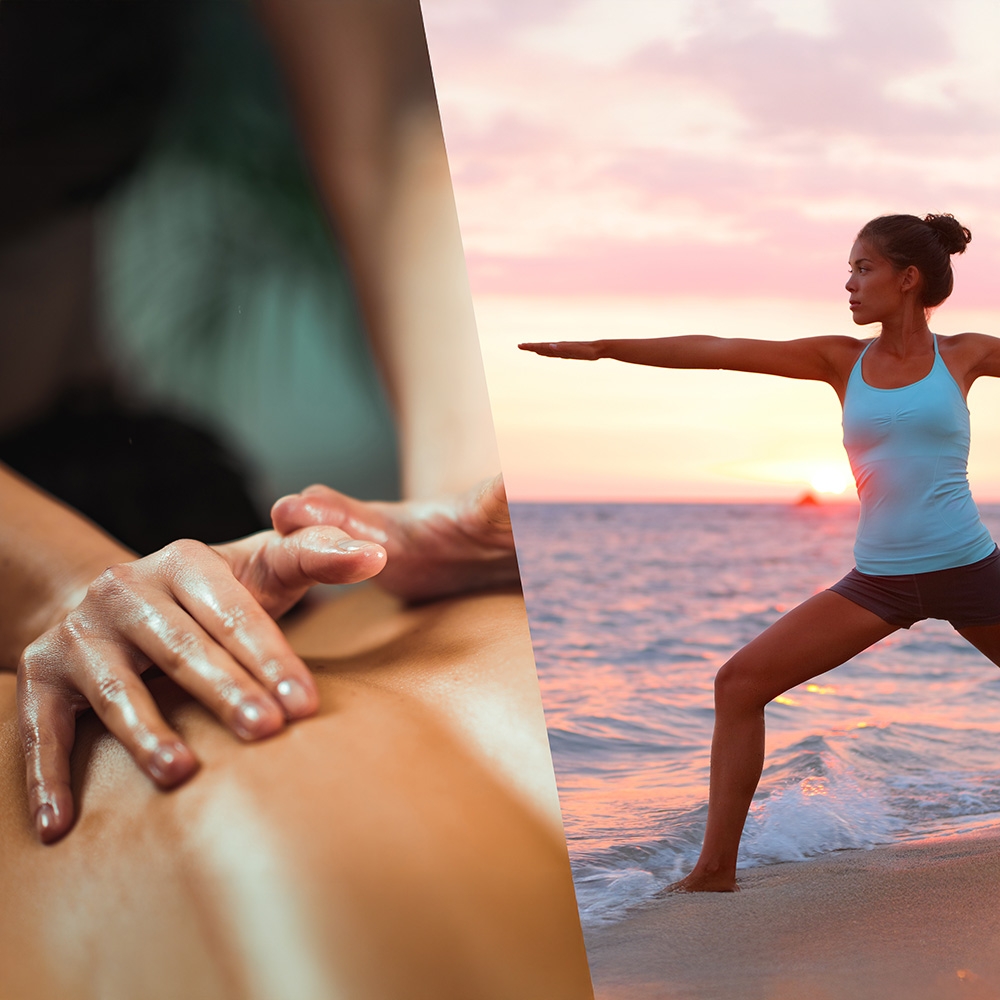
Do Massages Have the Same Health Benefits as Exercise?
While both massage and exercise offer unique wellness advantages, they complement rather than replace each other for optimal health outcomes
Key Takeaways
- Massage and exercise provide different but complementary health benefits that work better together than separately
- Exercise delivers cardiovascular improvements, muscle strengthening, and weight management that massage cannot replicate
- Massage excels at reducing muscle tension, improving circulation, and promoting relaxation in ways exercise may not achieve
- Both activities can reduce stress hormones and improve mood through different biological mechanisms
- The most effective wellness approach combines regular exercise with therapeutic massage for comprehensive health benefits
- Neither activity should completely replace the other for optimal physical and mental well-being
The question of whether massage can substitute for exercise reflects a common desire for people to find shortcuts to better health. While both activities offer valuable wellness benefits, understanding their distinct roles helps create a more effective approach to overall health maintenance.
The Unique Benefits of Exercise
Exercise provides health advantages that massage simply cannot deliver. Regular physical activity strengthens the cardiovascular system, reducing the risk of heart disease, stroke, and high blood pressure. The American Heart Association recommends at least 150 minutes of moderate-intensity aerobic activity weekly because exercise trains the heart to pump blood more efficiently throughout the body.
Weight-bearing exercises like walking, running, and resistance training build bone density and muscle mass. This becomes particularly important as we age, helping prevent osteoporosis and maintaining the strength needed for daily activities. Exercise also burns calories and helps regulate metabolism in ways that passive treatments like massage cannot achieve.
In addition, the mental health benefits of exercise stem from the release of endorphins during physical activity. This natural mood enhancement, often called a "runner's high," provides lasting improvements in mental well-being that extend well beyond the exercise session itself.
What Massage Offers That Exercise Cannot
Therapeutic massage provides specific benefits that even the most comprehensive exercise routine may not address. Professional massage therapy can target specific muscle groups with precision, releasing tension and adhesions that might persist despite regular stretching and movement.
Massage improves local circulation in ways that complement but differ from exercise-induced blood flow. The manual manipulation of soft tissues can help reduce inflammation, promote healing, and provide pain relief for conditions like chronic back pain or muscle strain.
For individuals dealing with high stress levels, massage activates the parasympathetic nervous system, promoting deep relaxation that may be difficult to achieve through exercise alone. This relaxation response can lower cortisol levels and improve sleep quality, contributing to overall health in meaningful ways.
The Complementary Relationship
Rather than competing with each other, massage and exercise work synergistically when combined. Athletes often incorporate massage therapy into their training regimens because it can enhance recovery between workouts, reduce muscle soreness, and help prevent injuries.
For active individuals in Honolulu's outdoor-focused lifestyle, massage can address the specific muscle tension that comes from surfing, hiking, or beach volleyball. Meanwhile, regular exercise maintains the cardiovascular fitness and muscle strength that support these activities.
People with sedentary jobs may find that massage helps address posture-related tension while exercise provides the movement and strength training their bodies need for overall health. This combination approach addresses both the symptoms and root causes of many common health concerns.
Special Considerations for Different Life Stages
Seniors may find that massage helps maintain mobility and reduces pain, making it easier to stay active and continue exercising safely. The gentle nature of therapeutic massage can complement low-impact exercises like swimming or tai chi.
For military personnel and their families, massage can address service-related injuries and stress, while exercise maintains the physical fitness required for duty. Both activities support the unique demands of military life in different but important ways.
Parents juggling family responsibilities might use massage to manage stress and muscle tension while relying on exercise for energy and overall fitness. This dual approach can help maintain health despite busy schedules.
Making Informed Choices
The most effective wellness strategy typically includes both regular physical activity and periodic massage therapy. Exercise should form the foundation of any health routine because of its comprehensive benefits for cardiovascular health, muscle strength, bone density, and mental well-being.
Massage serves as valuable support, addressing specific areas of tension, promoting recovery, and providing stress relief that enhances the benefits of regular exercise. The frequency and type of massage can be adjusted based on individual needs, activity levels, and health goals.
Understanding that these two approaches serve different but complementary roles helps create realistic expectations and more effective health strategies. Rather than seeking a single solution, the combination of both activities provides the most comprehensive approach to maintaining physical and mental well-being throughout life.

